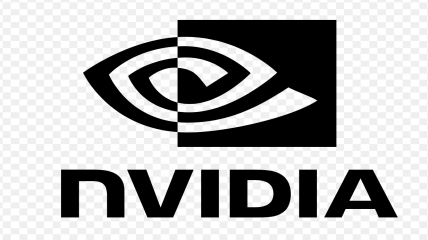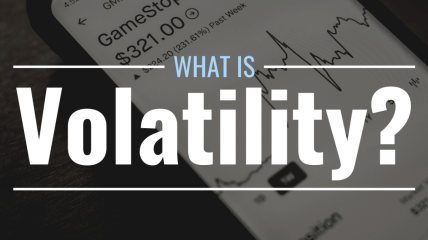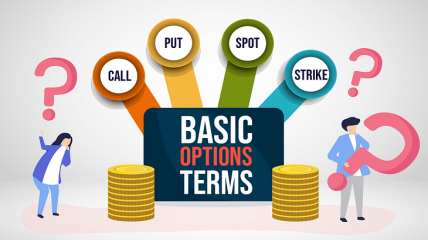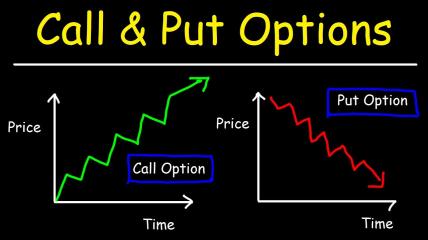Extrinsic value vs Intrinsic value
Now that we have established a solid foundation in options trading, it is important to discuss the connection between an option's premium (or price) and the market value of the underlying asset. An option's premium comprises both intrinsic value and extrinsic value, which is also referred to as time value.
Intrinsic Value
The intrinsic value of an option is determined by calculating the disparity between the option's strike price and the present market price of the associated stock. In the case of a call option, the formula is as follows:

For a put option the math is backwards. That’s because the put gives you the right to sell, whereas the call gives you the right to buy.

At expiration, an option is only worth its intrinsic value.
Extrinsic Value
Options are considered to assets with a limited lifespan, which means they have embedded time value and probability factors. For instance, let's consider a situation a stock is priced at $100, and you purchase call options with a $105 strike price. If these options were to expire in just one hour, their worth would be minimal. However, if they had an expiration period 100 days, would be a possibility for the stock to reach that level, thus giving the options some value.
When an option possesses intrinsic value, it is referred to as being "in-the-money."
Out-of-the-money and at-the-money consist of only extrinsic value.
Example
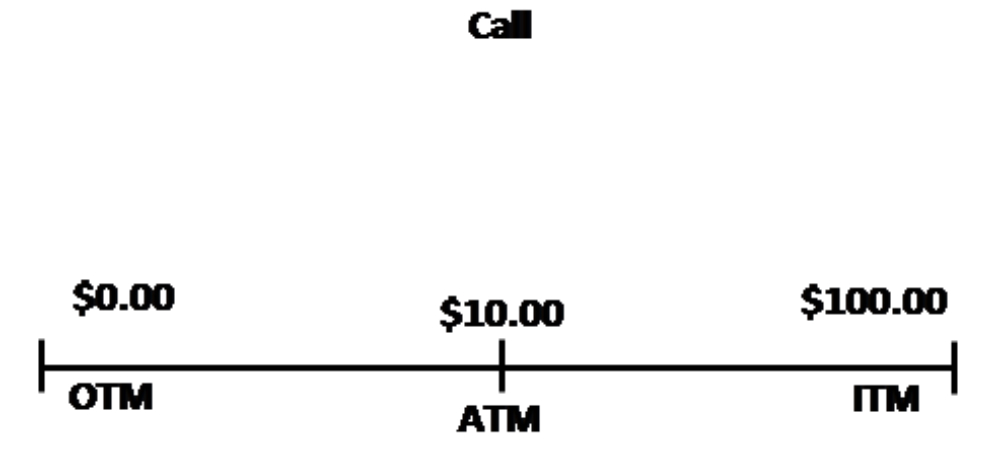
Between $0.00 and $10.00 the option has no intrinsic value. Above $10.00, the option has intrinsic value.
Here is the example for the put option when the stock price is trading at $10.00 per share.
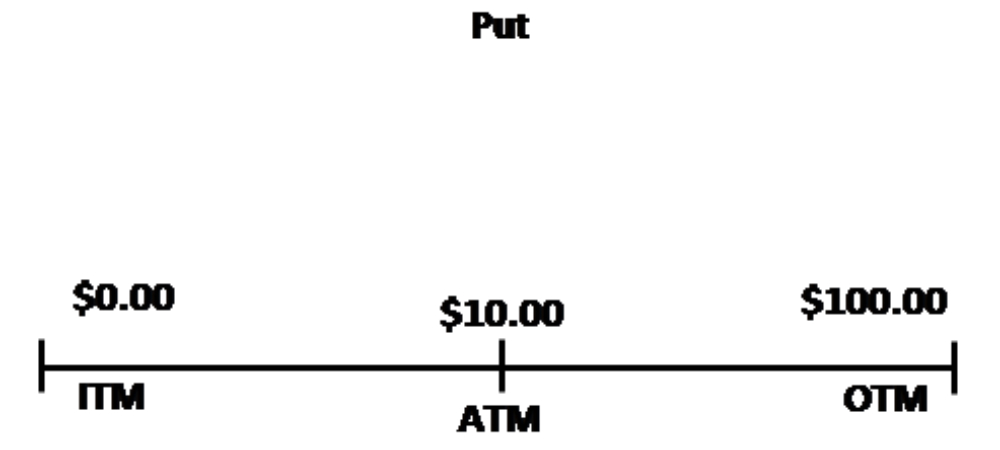
Options can be classified as in-the-money, at-the-money, or out-of-the-money.
An option premium consists of Intrinsic Value and Extrinsic Value (or Time Value)
The buyer (or holder) of an option pays premium and the seller (or writer) of an option receives premium. I also mentioned that an option’s premium is made up of intrinsic value, and time (extrinsic) value.
Intrinsic value is the difference between the current selling price of the underlying stock and the option’s strike price. Extrinsic value is time value. It’s the probability and time aspect pertaining to options.
At expiration, option premium is either going to be intrinsic value or zero.
An option that is at least one penny in-the-money will be automatically exercised on expiration.
Some index options are cash settled so you don’t have to worry about assignment.

Buyers of options want their premium to increase while sellers of options want the premium to decrease.
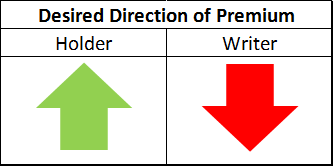
Selling Premium
When you sell an option, you want the extrinsic value to expire worthless. That said, time works in your favor. In addition, a drop in volatility will also decrease the value of an option, something the premium seller wants to see.
Buying Premium
When you buy an option, you benefit when the stock moves in the direction of your option. For example, if you a buy call, you benefit when the stock price rises. In addition, if implied volatility rises, this also increases the value of an option.
On the other hand, time works against you if the option has extrinsic value.
Time Value
Options are wasting assets. They have a set expiration date on which they will cease to exist.
The table helps put some of the key concepts together.
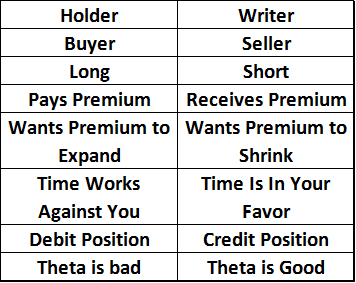
Now, don’t worry if you don’t understand what theta is yet, we’re going to discuss that in a later lesson. Theta is just an options Greek that tells us the option’s sensitivity to the time to expiration.
Moving on, we’re going to talk about one of the most important aspects of options, and that’s volatility.




